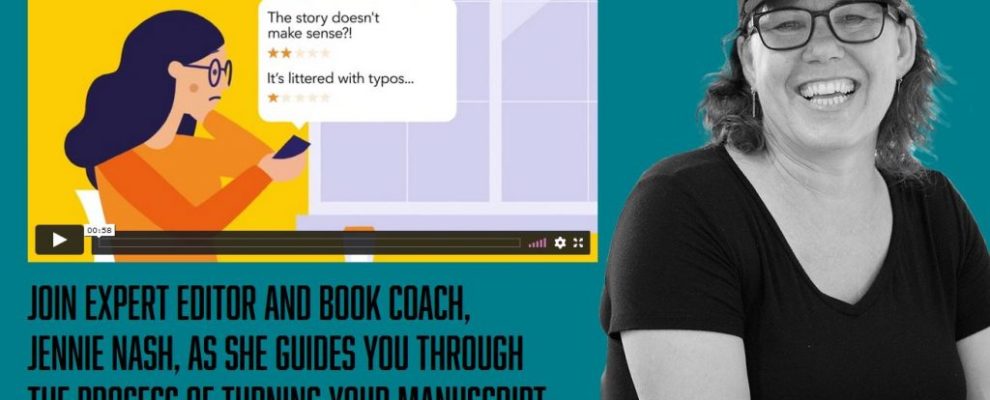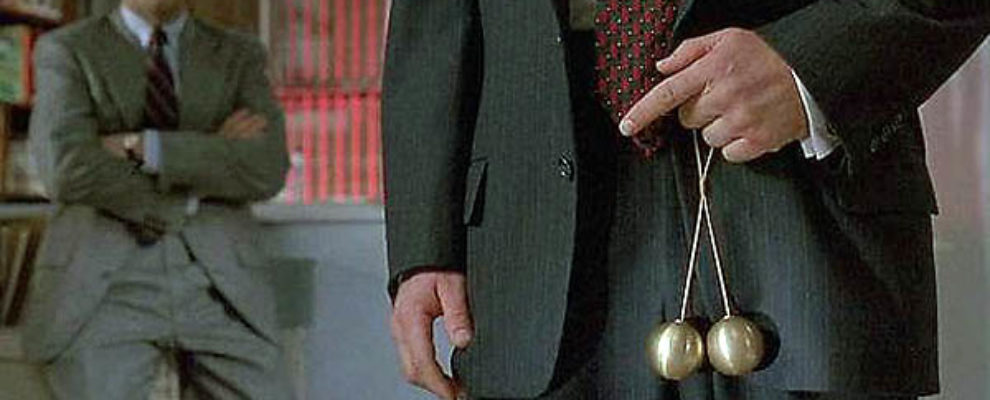Business Diary: 5/14/21
Let’s try something. Yesterday, I sat down and wrote my goals for the day.
Let’s see how I did:
* Write the cast list for the 1929 silent “Die Abenteurer G.m.b.H.” (Adventuress Inc.) which we’ll watch tonight as part of the “Murder, She Watched” book.
Accomplished! We try to watch two movies a week. Teresa writes the review / commentary, I provide the cast list (with notes on other parts they’ve played) and find the art to go into the book. I also gather art I can use elsewhere, such as buildings, bodies, and clips from the show.
* Send the newsletter
Done! I didn’t realize until I went into MailerLite that I have sign-ups from Career Indie Author, so they got the main newsletter as well. I have to put on the list how to structure it so CIA signups get a CIA newsletter. There are also other details I haven’t gotten into, such as creating the Reader Magnet (done but not uploaded) and setting up a schedule to write it.
* Edit the Ellen Crosby interview and send it to Mechanicsburg Mystery.
Fail. I need to do that today.
* Edit “Yellow Peril” essay for “Blue Ploermell.”
Fail. This has been hanging fire for weeks. This will certainly come up in my year-end evaluation.
* Write 10 footnotes for “Brown Suit.”
Another failure, and it’ll hamper getting it done by the deadline of late June.
* Post something to Instagram/Facebook (2 hours!)
And here’s why the rest of the day went off the rails. Learning how to use the Creator Studio, putting together a post for them, then publishing them took more time than I expected. Part of it was due to writing up the workflow to make later iterations faster. Once that’s down, this will go much faster.
So all in all a mixed day.









